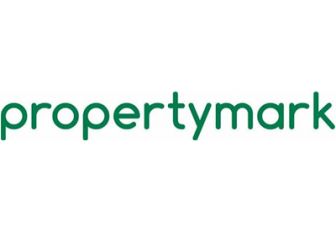
EWS1 forms will no longer be needed on buildings below 18 metres, the housing secretary announced this week.
Robert Jenrick said that since the Grenfell fire tragedy the government has engaged fire and rescue services to survey all buildings over 18m to assess their safety.
Consequently, leaseholders ‘trapped’ in flats due to the cladding crisis could soon be able to sell or remortgage their properties after a government intervention announced today.
Robert Jenrick said a government-commissioned review by experts found there was “no evidence of systemic risk of fire in blocks of flats”, citing evidence suggesting only 9% of blazes were in blocks of flats of four storeys or more.
Jenrick said: “Earlier this year I asked a small group of experts on fire safety to consider the evidence and advise me on steps that should be taken to ensure that a more risk-proportionate approach is taken to fire safety in blocks of flats.
“An approach through which genuine life safety risks are tackled swiftly, and where all blocks of flats meet statutory requirements on life safety, but where excessive caution and unnecessary costs are avoided.”
As a result of the advice from these experts, the government has announced EWS1 forms should not be a requirement on buildings below 18 metres.
Jenrick also said there should be a clear route for residents/leaseholders to challenge costly remediation work and seek assurance that proposals are proportionate and cost effective.
Following the announcement on the EWS1 forms, HSBC UK, Barclays, Lloyds Banking Group have all committed to review their practices following the new advice.
Jenrick added: “The announcement is a significant step forward for leaseholders in medium and lower-rise buildings who have faced difficulty in selling, anxiety at the potential cost of remediation and concern at the safety of their homes.
“While we are strengthening the overall regulatory system, leaseholders cannot remain stuck in homes they cannot sell because of excessive industry caution, nor should they feel that they are living in homes that are unsafe, when the evidence demonstrates otherwise.
“That’s why I commissioned an expert group to further examine the issue, and have already agreed with many major lenders that lower-rise buildings will no longer need an EWS1 form, and the presumption should be that these homes can be bought and sold as normal.
 “We hope that this intervention will help restore balance to the market and provide reassurance for existing and aspiring homeowners alike. The government has made its position very clear and I urge the rest of the market to show leadership and endorse this evidence based safety approach.”
“We hope that this intervention will help restore balance to the market and provide reassurance for existing and aspiring homeowners alike. The government has made its position very clear and I urge the rest of the market to show leadership and endorse this evidence based safety approach.”
Propertymark welcomed the move.
Timothy Douglas, policy and campaigns manager at Propertymark, commented: “Building and fire safety are going through significant changes and the proposals are complex.
“This is an important step forward that will help to provide greater clarity for agents working with consumers to buy, sell and rent properties in this part of the market.”


Well spotted Propertymark
Very astute leaders in the industry LOL
You must be logged in to like or dislike this comments.
Click to login
Don't have an account? Click here to register